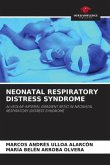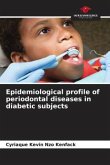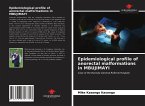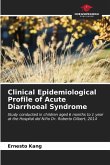Introduction: Neonatal respiratory distress (NRD) is a very common pathology of the neonatal period and is a major cause of neonatal morbidity and mortality.Objective: To study the incidence of neonatal respiratory distress in term neonates.Patients and Methods: retrospective study made in the department of pediatrics and neonatology CHU Bizerte over a period of 6 months for DRNN. Newborns between 37SA and 41SA+6J with immediate or secondary DRNN were included,Results: During the study period, 13.06% of term newborns were admitted for DRNN. The gender-ratio was 2.52, the mean gestational age was in the GA range between 38SA and 39SA, with a peak at 38SA, i.e. in 30.86% of cases, DRNN was predominant in eutrophic newborns, i.e. in 82.71% of cases. The pregnancy was complicated by dysgravidia in 34.56% (gestational diabetes in 24.69% of cases). Infectious anamnesis was positive in 29.63% of cases.Conclusion: DRNN is a frequent cause of hospitalization in term newborns. Caesarean delivery before the onset of labour appears to be a favourable factor.








